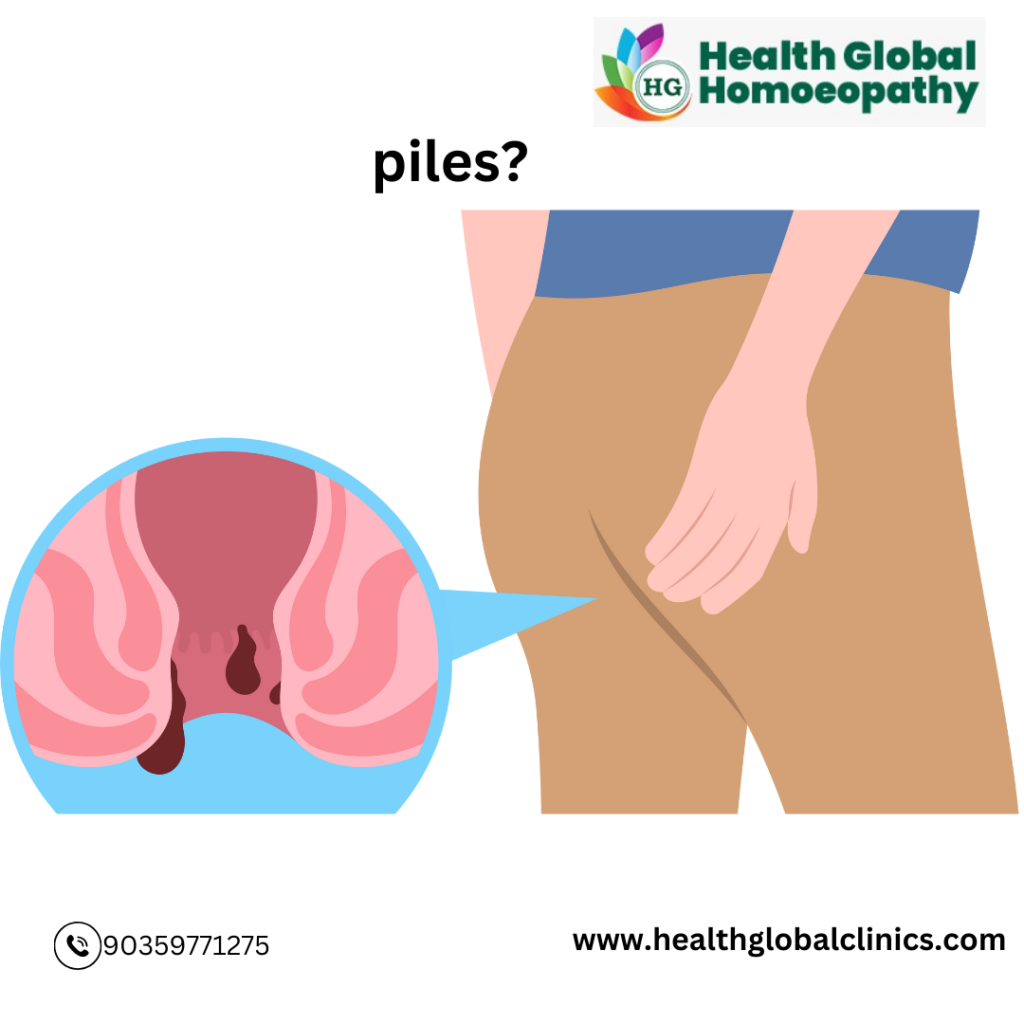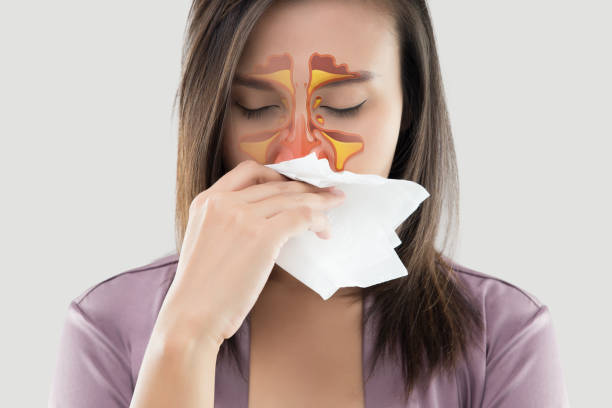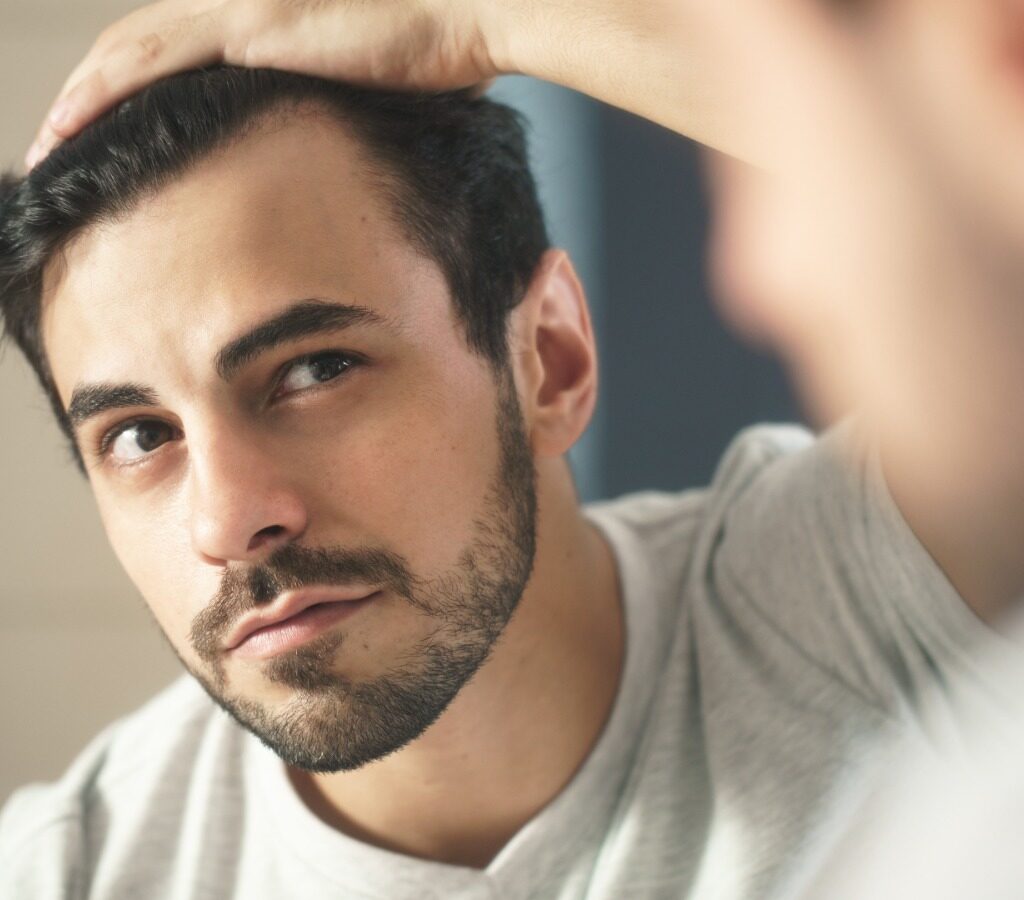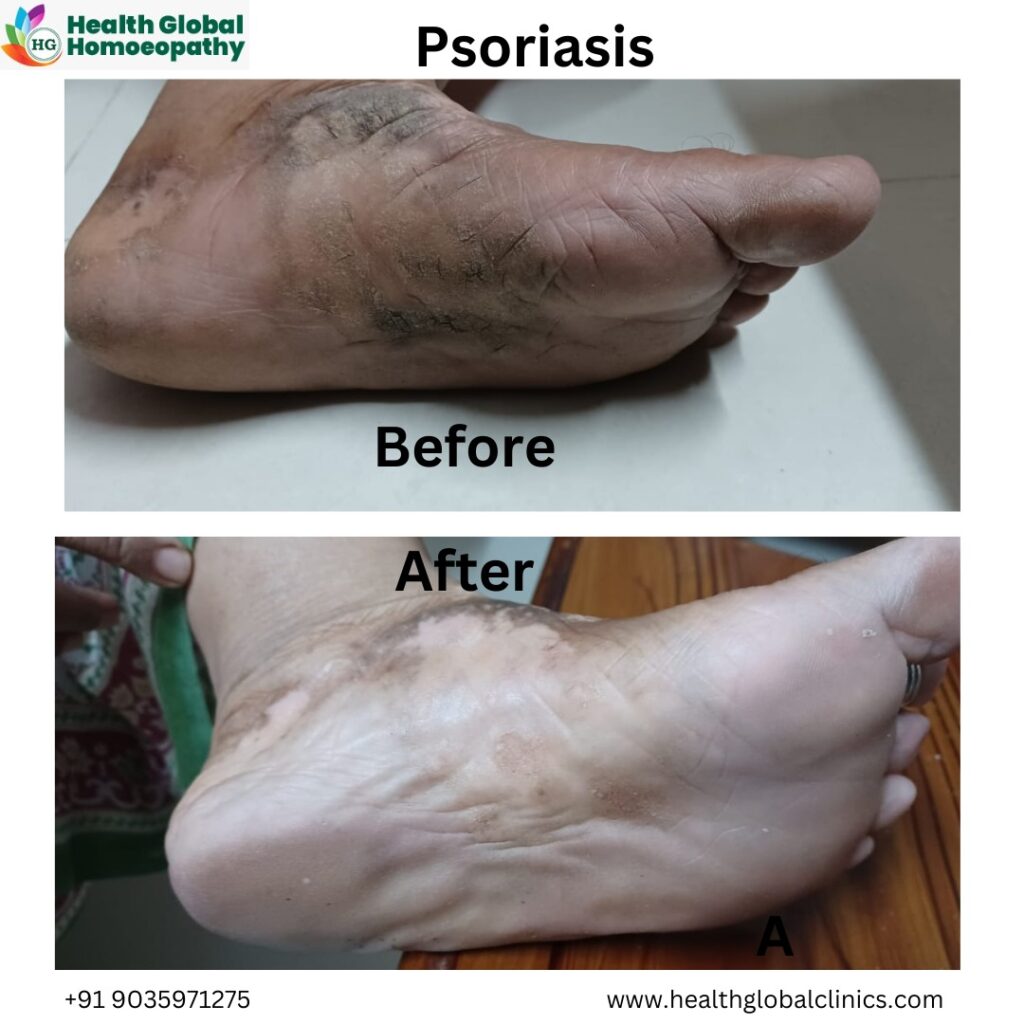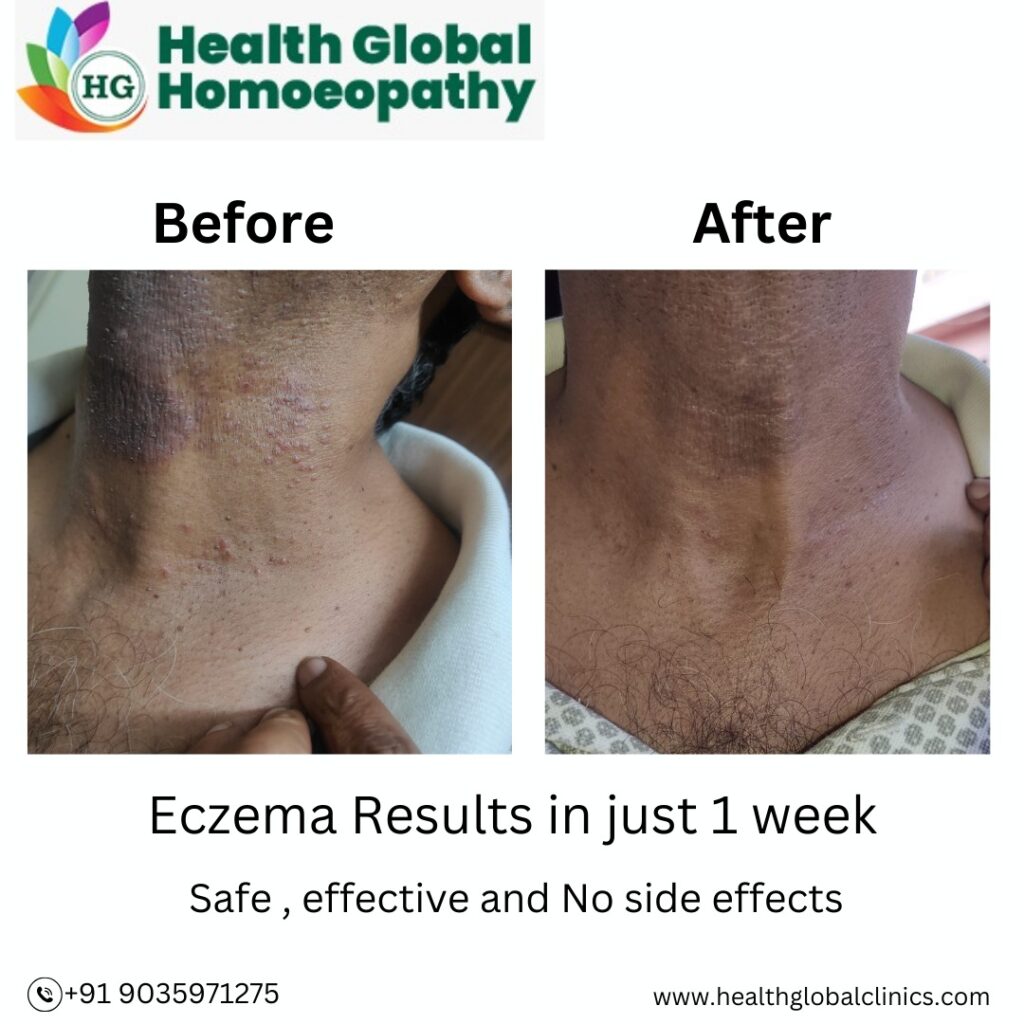
What Are Warts?
https://healthglobalclinics.com/homeopathy-doctors-near-me/Warts are small, rough, and grainy skin growths caused by the human papillomavirus (HPV). They can appear on different parts of the body, including the hands, feet, face, and genital areas. Warts are contagious and can spread through direct skin contact or contaminated surfaces. Though generally harmless, they can be unsightly and sometimes painful, especially when they develop in weight-bearing areas like the soles of the feet.
Types of Warts
Warts come in different types, and their appearance varies depending on the location and strain of the virus:
Common Warts (Verruca Vulgaris) – Rough, raised bumps usually found on hands, fingers, and knees.
Plantar Warts (Verruca Plantaris) – Hard, grainy growths on the soles of the feet, often causing pain while walking.
Flat Warts (Verruca Plana) – Small, flat, and smooth warts that appear in clusters, commonly seen on the face, neck, and hands.
Filiform Warts – Long, thread-like warts commonly seen around the mouth, nose, and eyes.
Periungual Warts – Grow around fingernails and toenails, causing discomfort and affecting nail growth.
Genital Warts – Spread through sexual contact and appear in the genital and anal areas.
Causes and Risk Factors
Warts are caused by different strains of HPV (Human Papillomavirus). Certain factors can increase the risk of developing warts:
Weakened immune system (due to illness, stress, or medications)
Skin injuries or cuts
Frequent contact with contaminated surfaces (public showers, pools, gym equipment)
Direct skin contact with an infected person
Biting nails or cuticles, which can spread the virus to the fingers
Conventional Treatments for Warts
Conventional treatments include:
Cryotherapy (Freezing the wart with liquid nitrogen)
Salicylic acid application
Laser therapy
Surgical removal
Electrocautery (Burning the wart with electric current)
While these methods may remove the wart temporarily, they often fail to address the root cause—viral infection—and recurrences are common. This is where homeopathy treatment for warts plays a crucial role.
Homeopathy for Warts: A Natural and Holistic Cure
Homeopathy provides a gentle, side-effect-free, and permanent solution for warts by addressing the underlying cause, boosting immunity, and preventing recurrence. The treatment is individualized, meaning remedies are selected based on the patient’s symptoms, type of warts, and overall health.
Best Homeopathic Medicines for Warts
Thuja Occidentalis – One of the best Homeopathic medicines for warts. Effective for common warts, filiform warts, and genital warts. Works well in cases of soft, cauliflower-like warts.
Antimonium Crudum – Ideal for horny, callous warts that develop on soles and hands.
Causticum – Best for painful, large, and bleeding warts, especially around fingernails and on the face.
Dulcamara – Helps in treating flat warts that appear in clusters and worsen in damp conditions.
Nitric Acid – Effective for sensitive, bleeding warts, especially those that appear in moist areas such as genital warts.
Sulphur – Works for itchy and inflamed warts with burning sensations. Do not self medicate homeopathic medicine for warts
Why Choose Homeopathy for Warts?
Boosts Immunity – Strengthens the body’s defense mechanism to fight off HPV naturally.
Prevents Recurrence – Unlike conventional treatments, homeopathy treats the root cause, reducing the chance of warts coming back.
Painless and Non-Invasive – No need for surgery, freezing, or burning methods.
Safe for All Ages – Suitable for children, adults, and even pregnant women.
No Side Effects – Completely natural and free from harmful chemicals. Homeopathic medicine for warts do not self medicate.
Home Remedies and Prevention Tips
Along with Homeopathic medicines for warts, some natural remedies and preventive measures can help manage warts effectively:
Apple cider vinegar application – Helps in drying out warts naturally.
Garlic paste – Has antiviral properties that may reduce wart size.
Aloe vera gel – Soothes irritated skin and promotes healing.
Avoid touching or scratching warts – To prevent spreading.
Maintain proper hygiene – Wash hands frequently and keep skin dry.
Boost immunity – Eat a balanced diet, exercise regularly, and manage stress levels.
Conclusion
If you are suffering from warts and looking for a natural, effective, and permanent cure, homeopathy is the best solution. At Health Global Homoeopathy Clinic, we offer personalized homeopathic treatment for warts to help you achieve clear and healthy skin.Do not self medicate homeopathic medicine for warts
📞 Contact us at 9035971275 or visit www.healthglobalclinics.com to book an appointment today!
Say goodbye to warts with the power of homeopathy!




